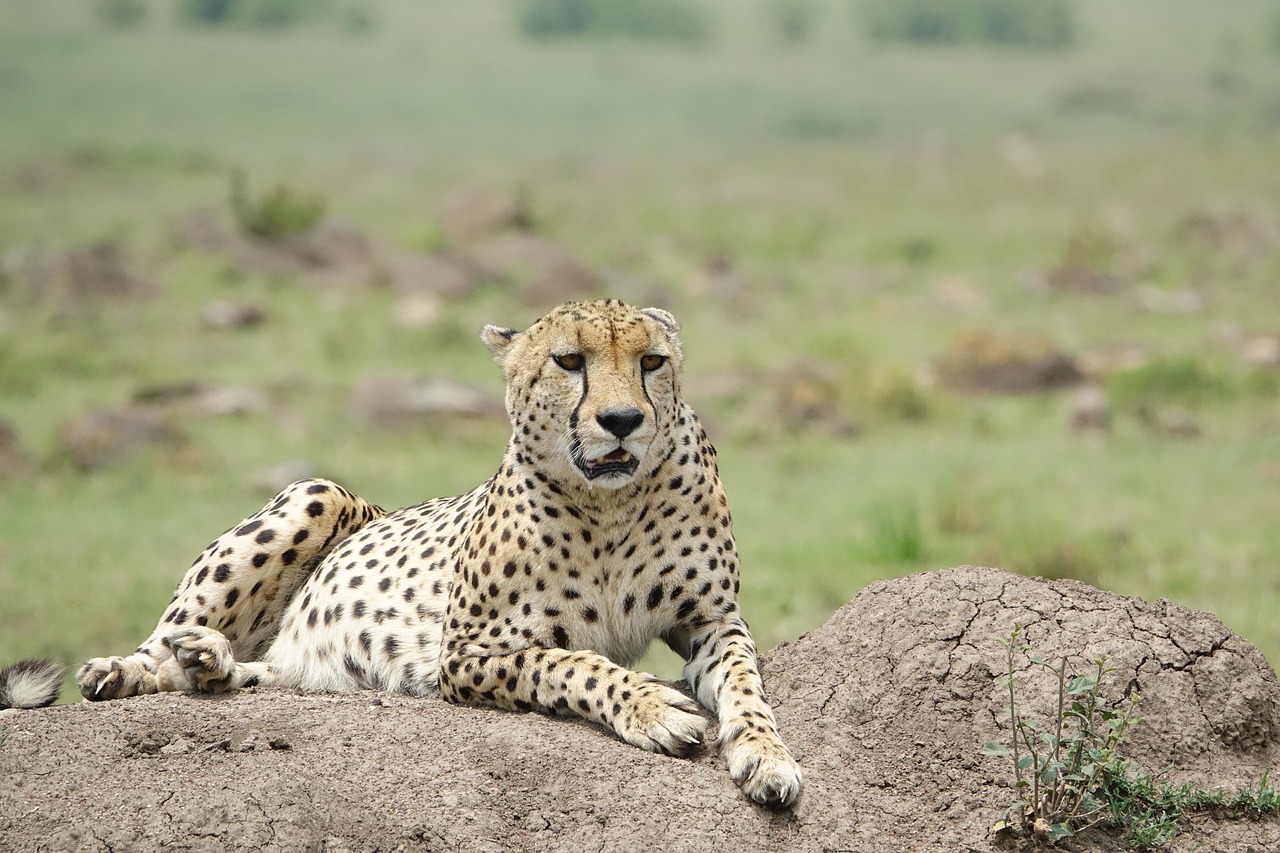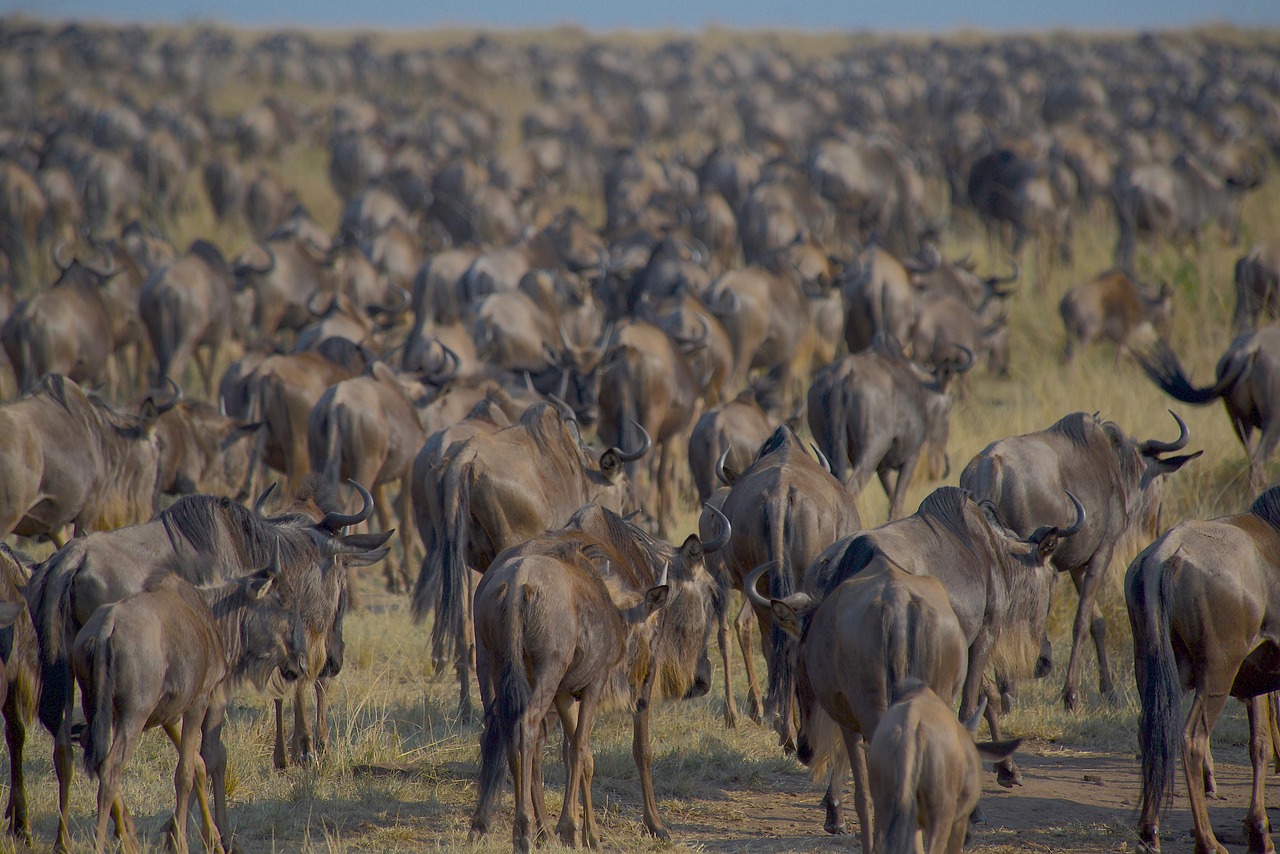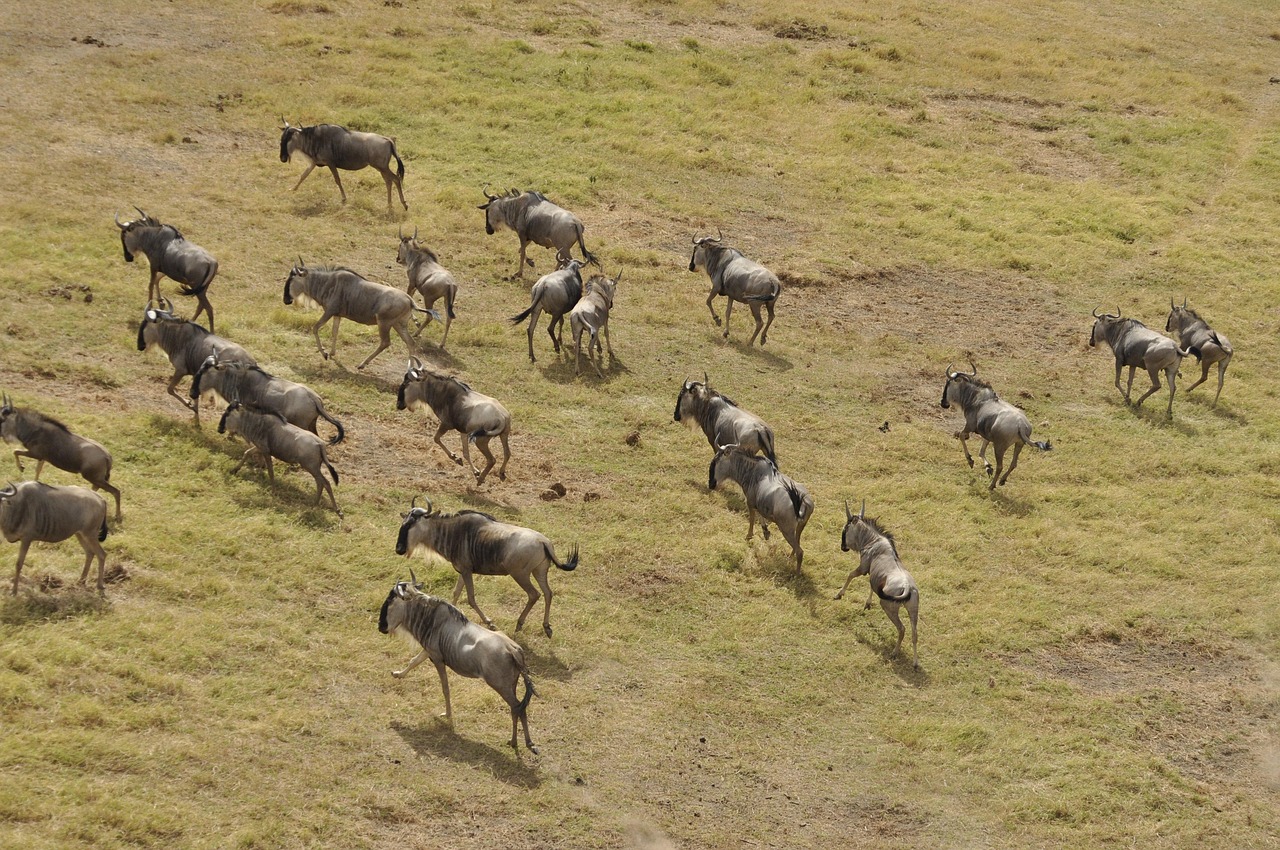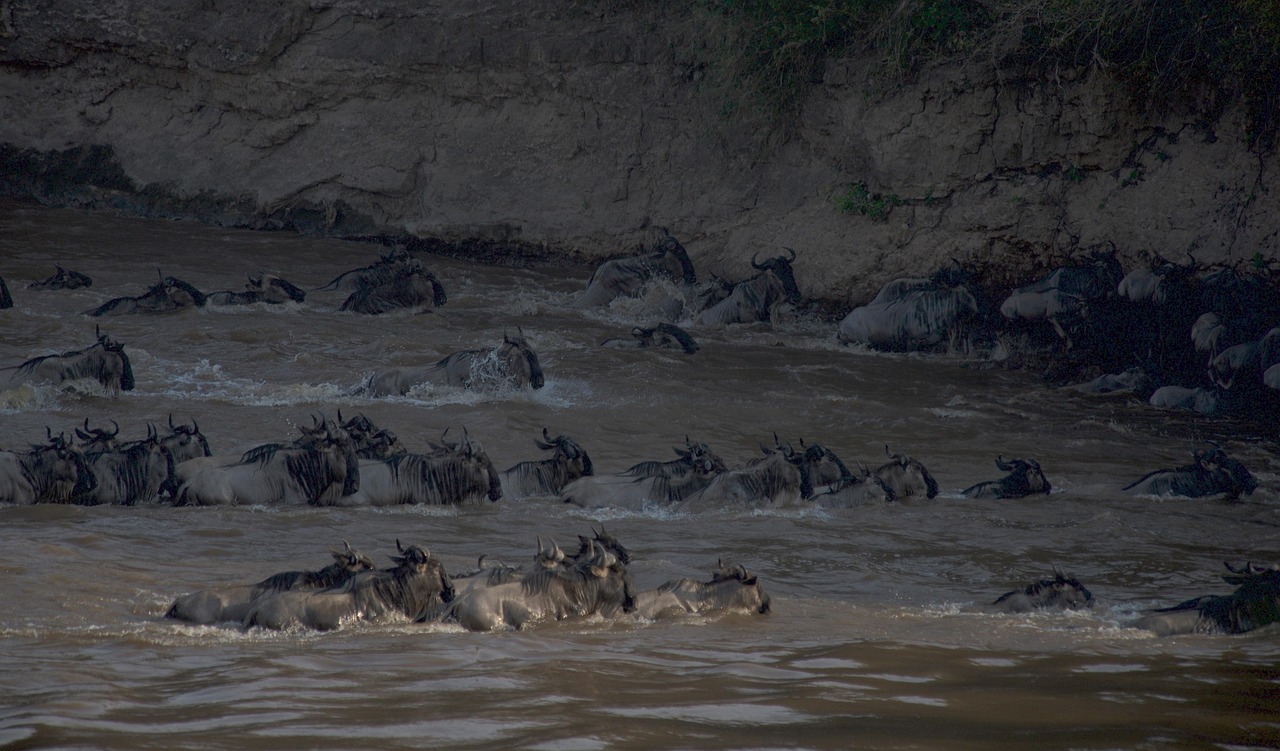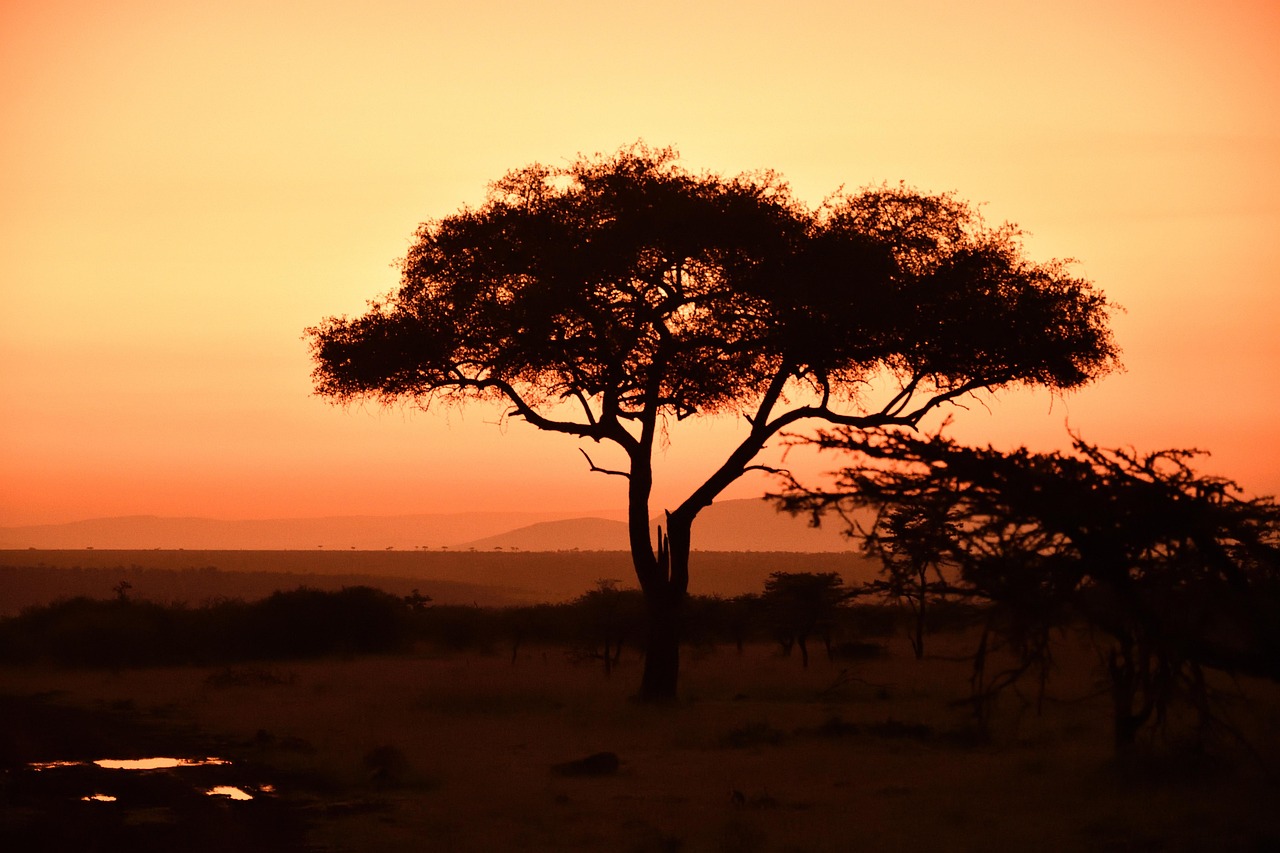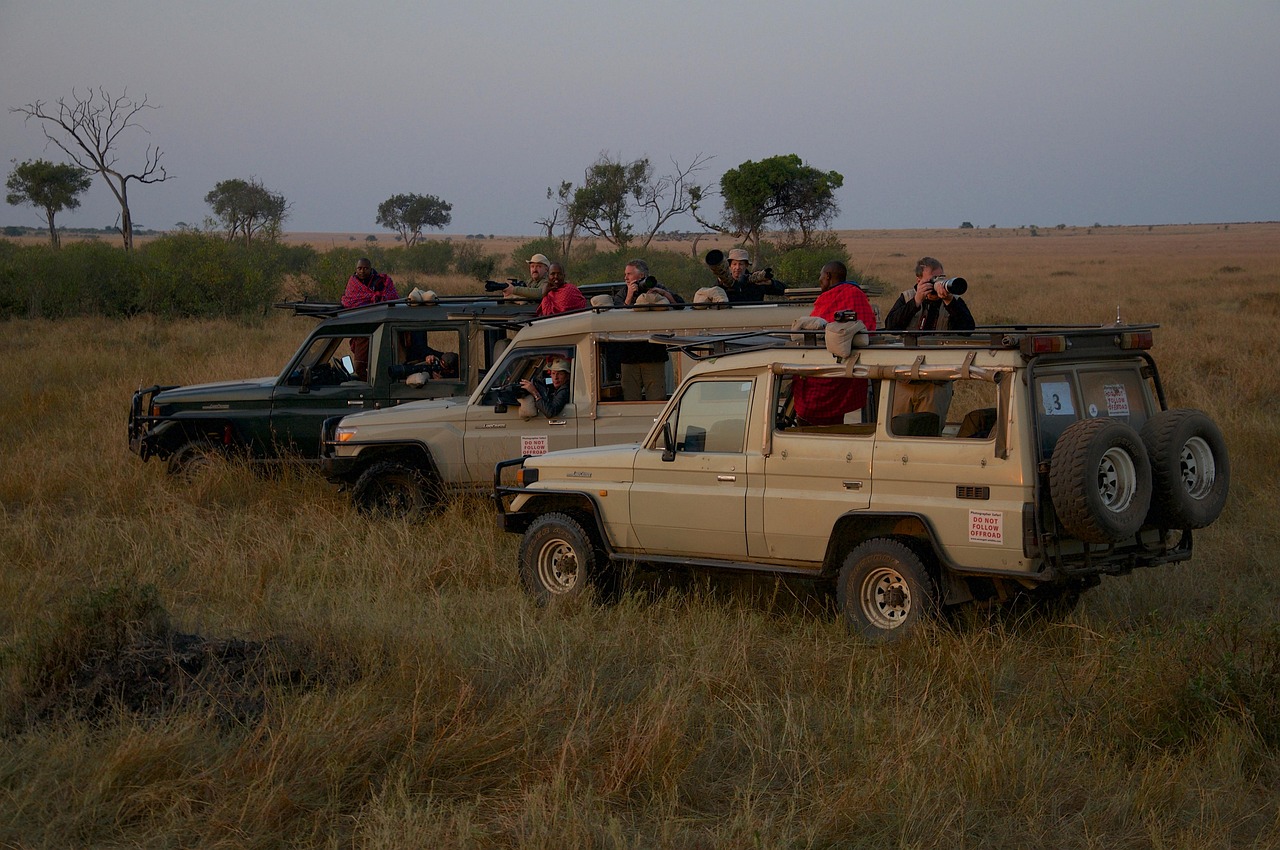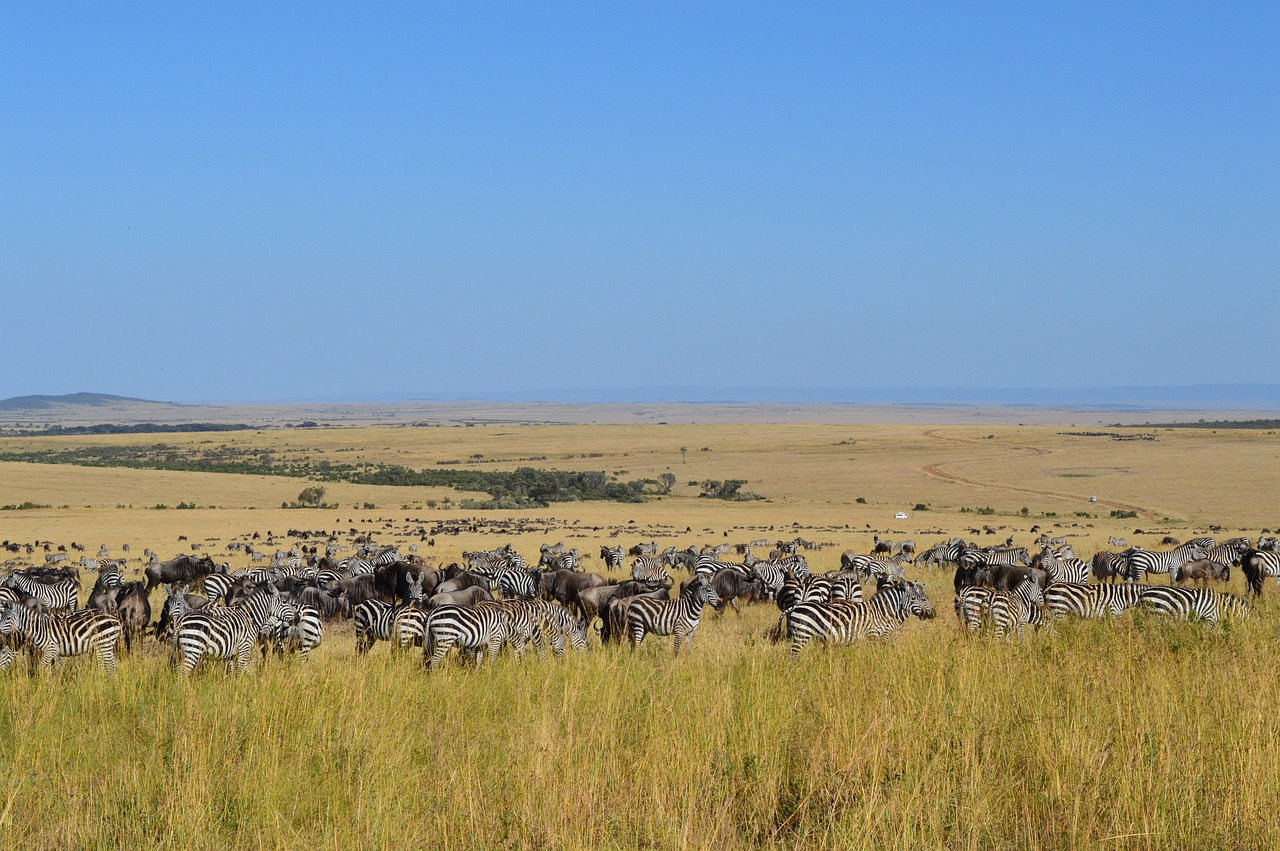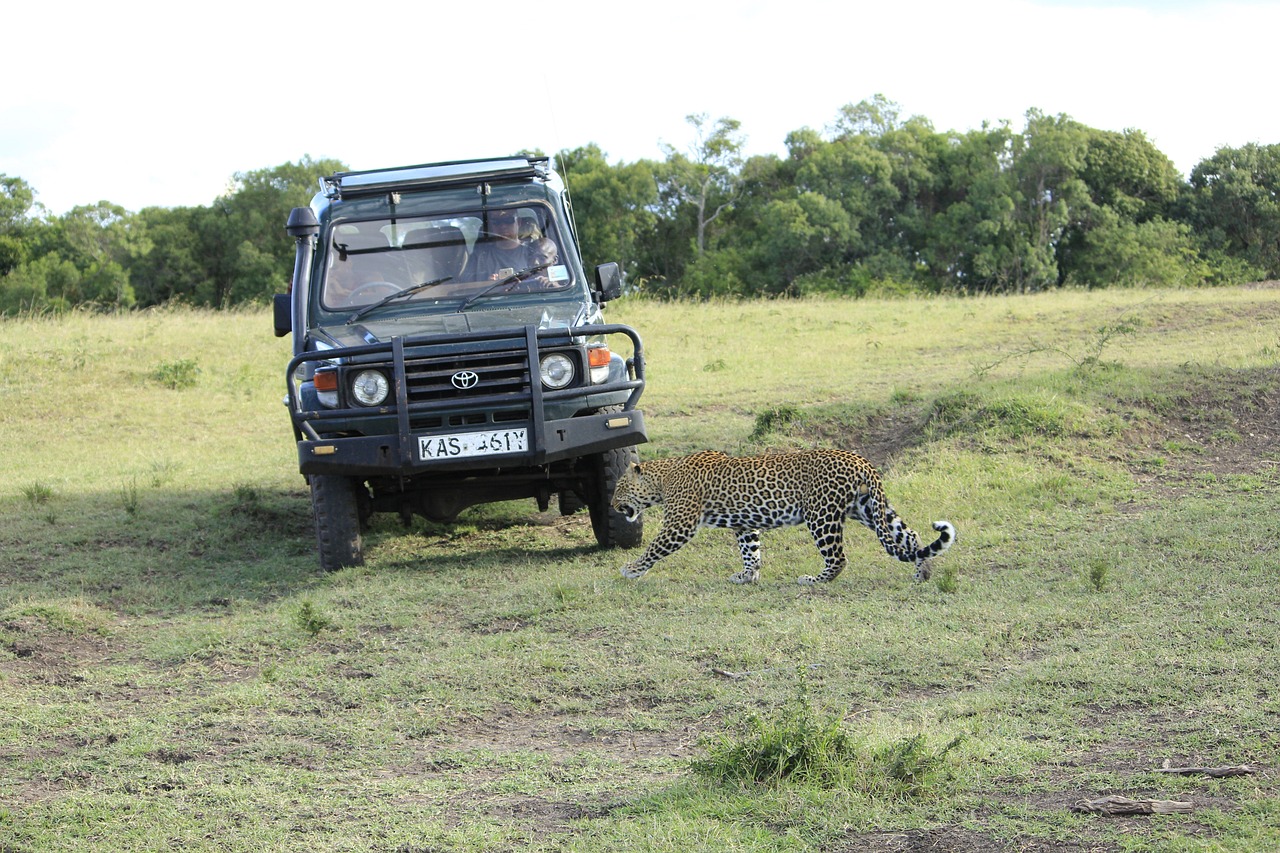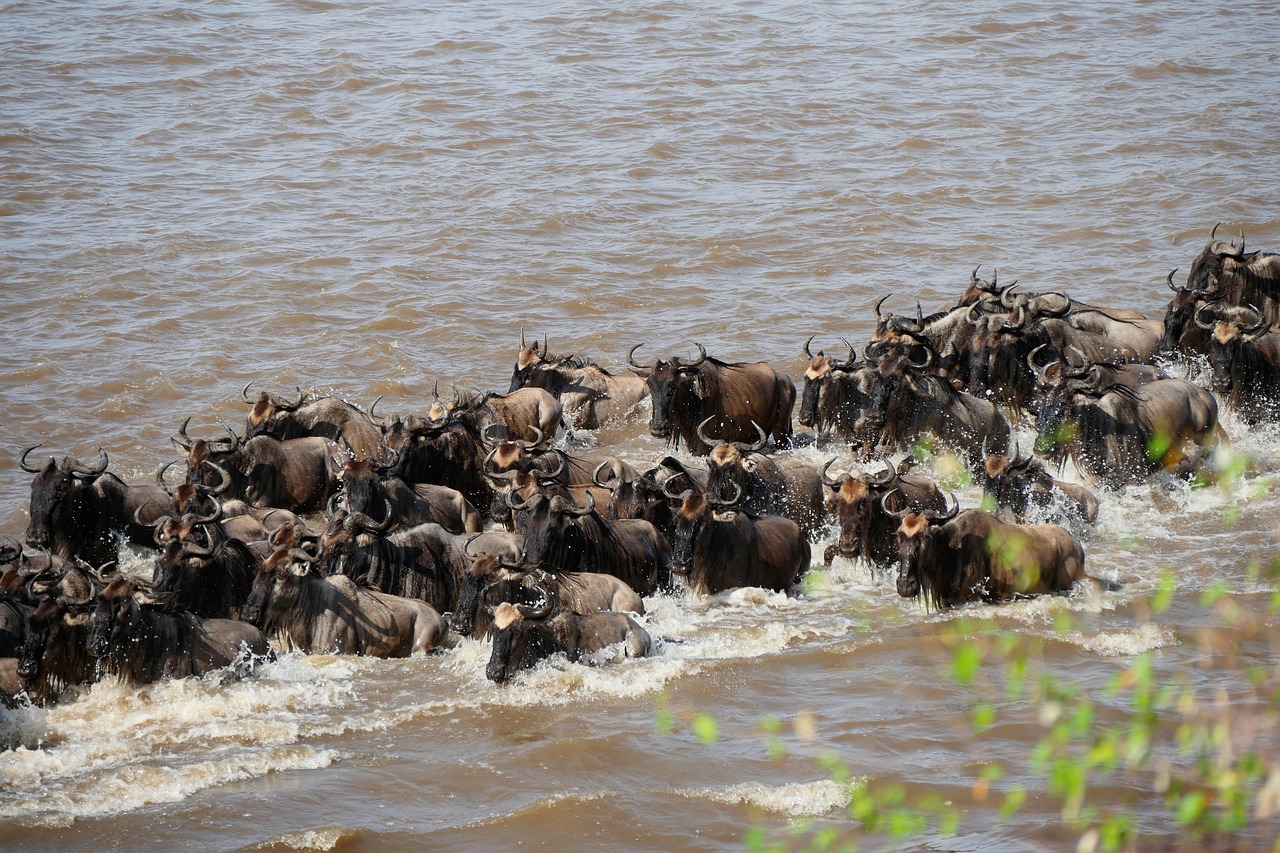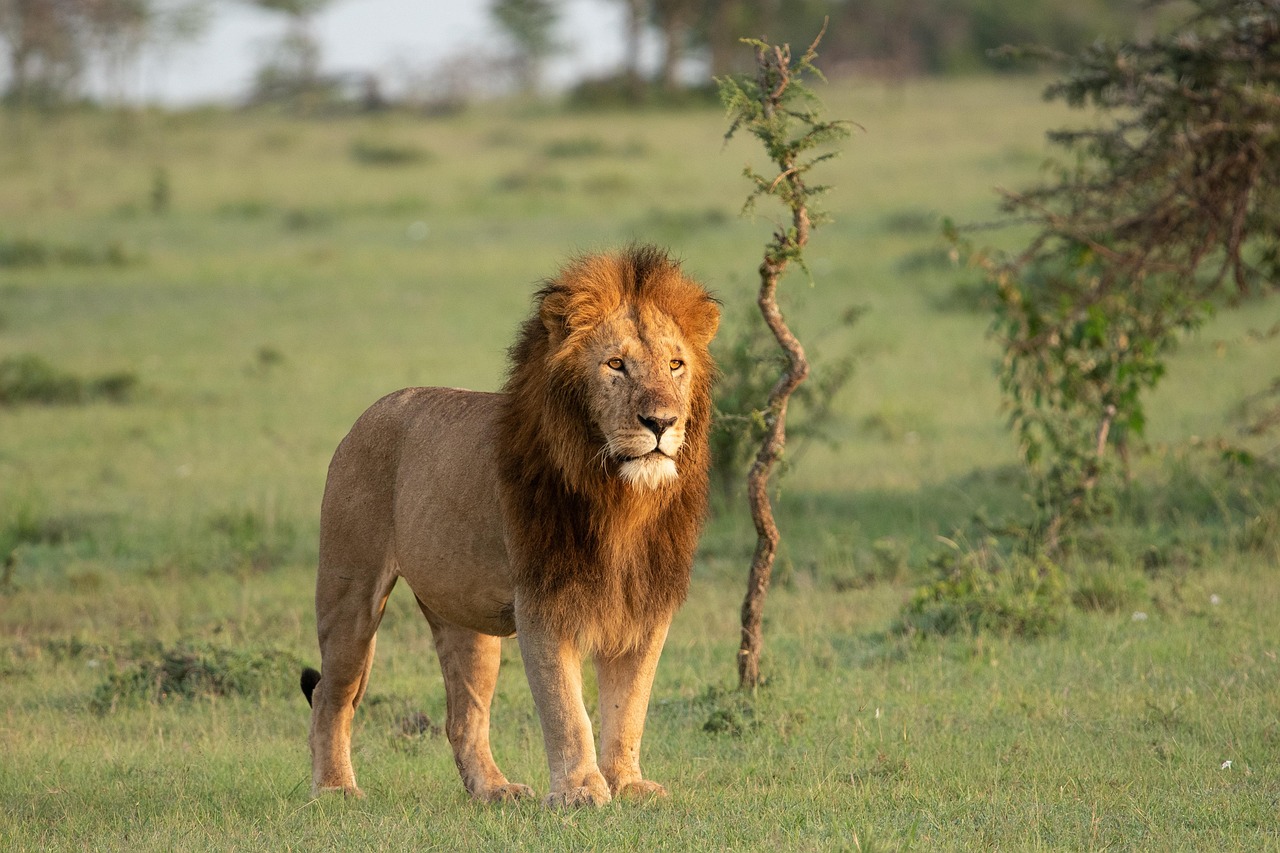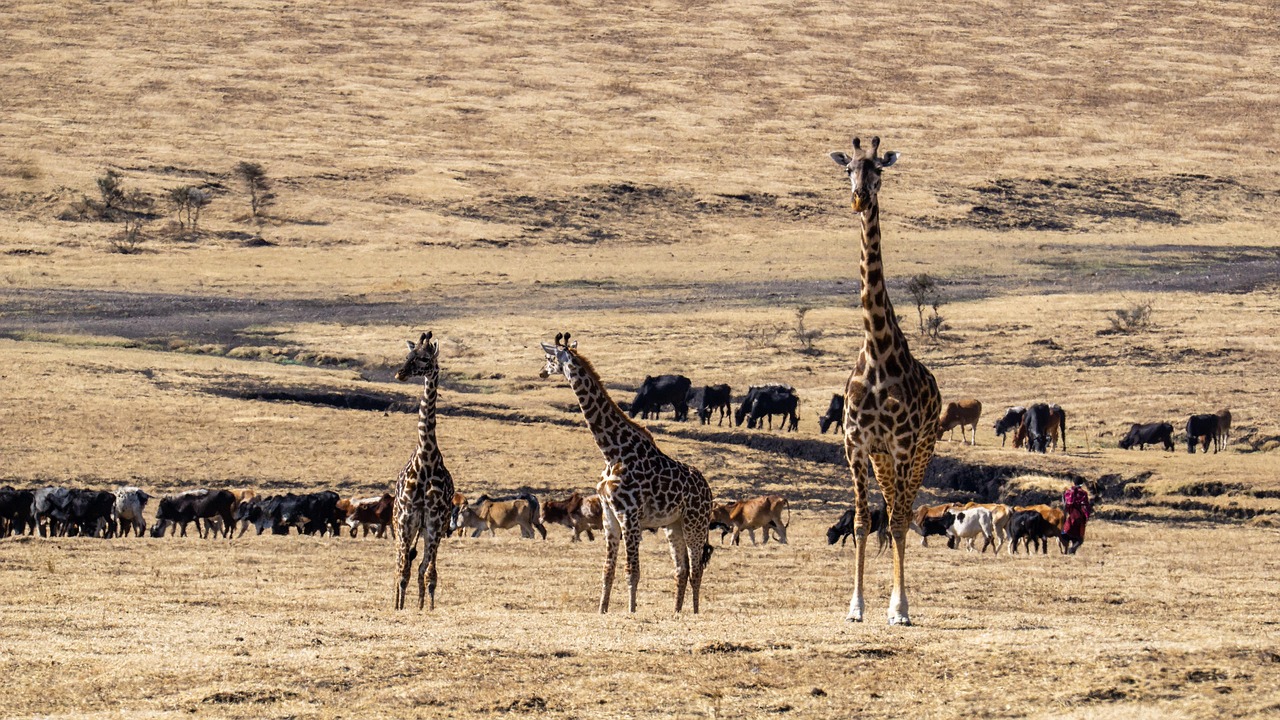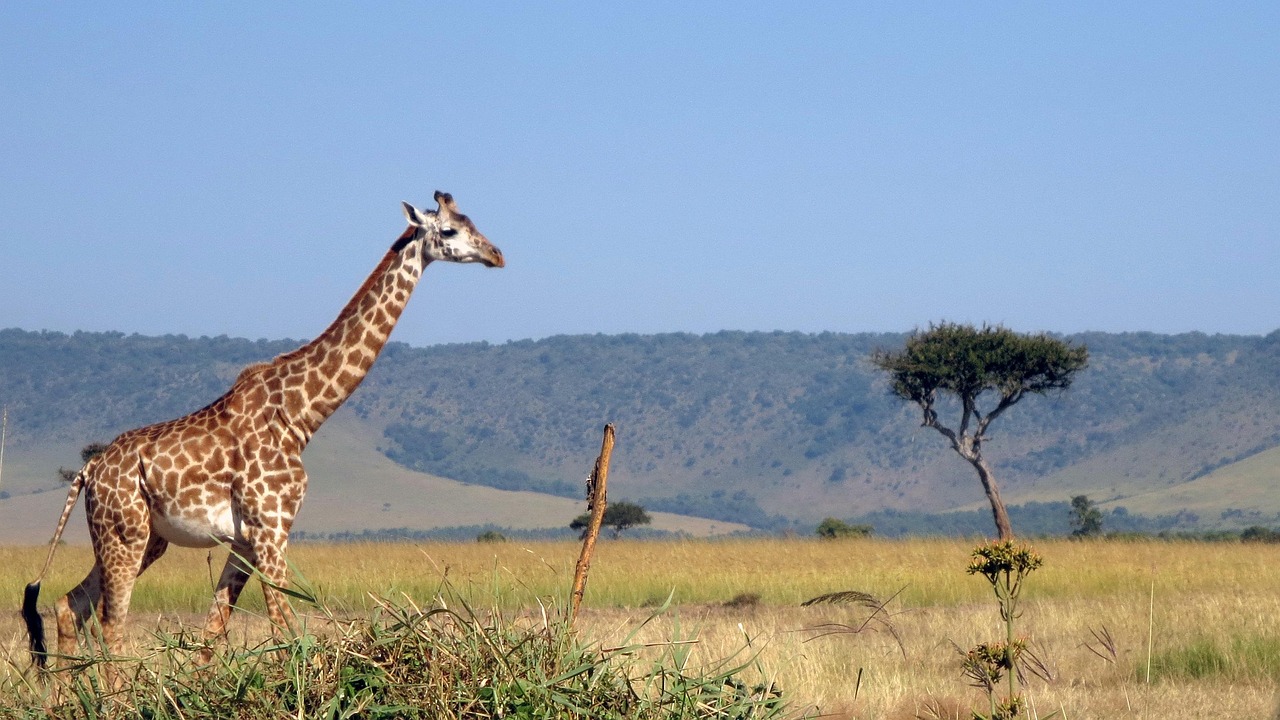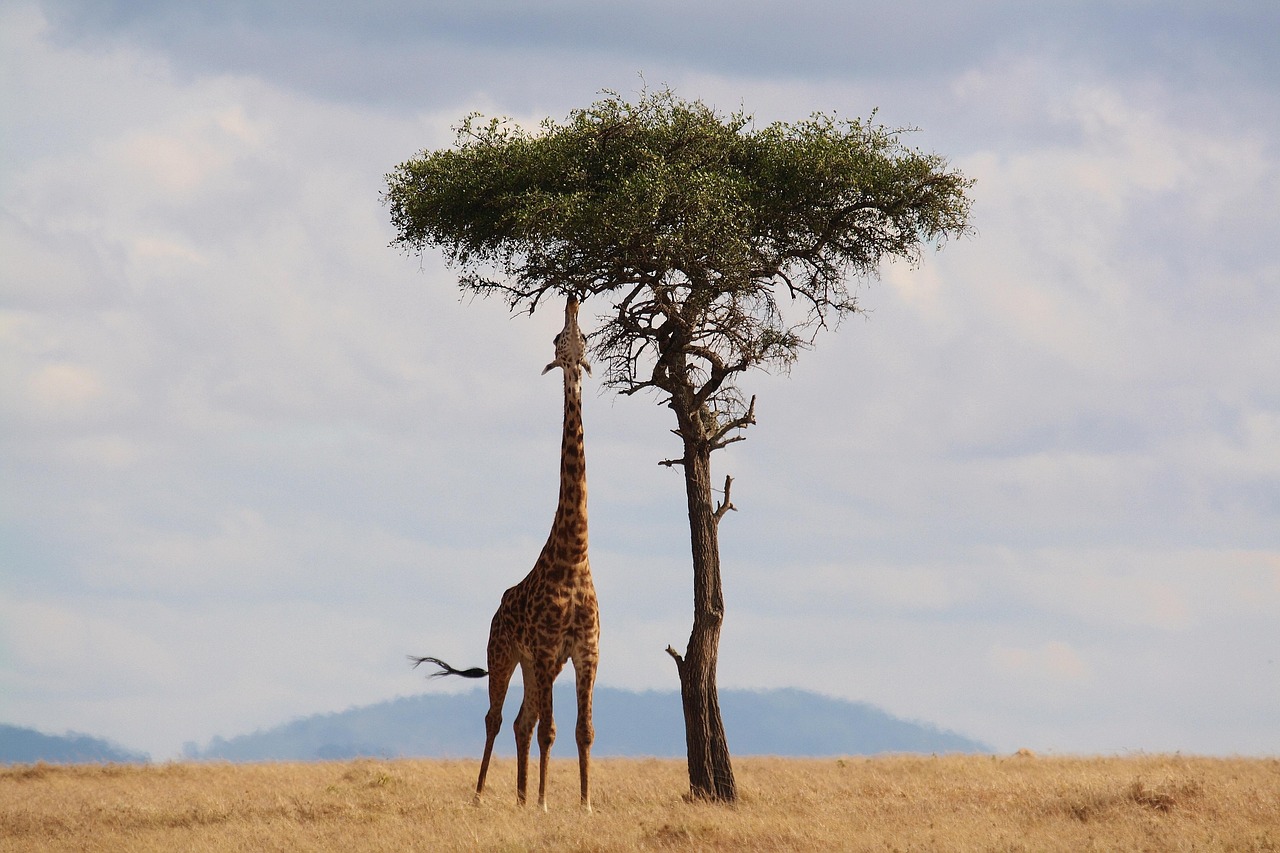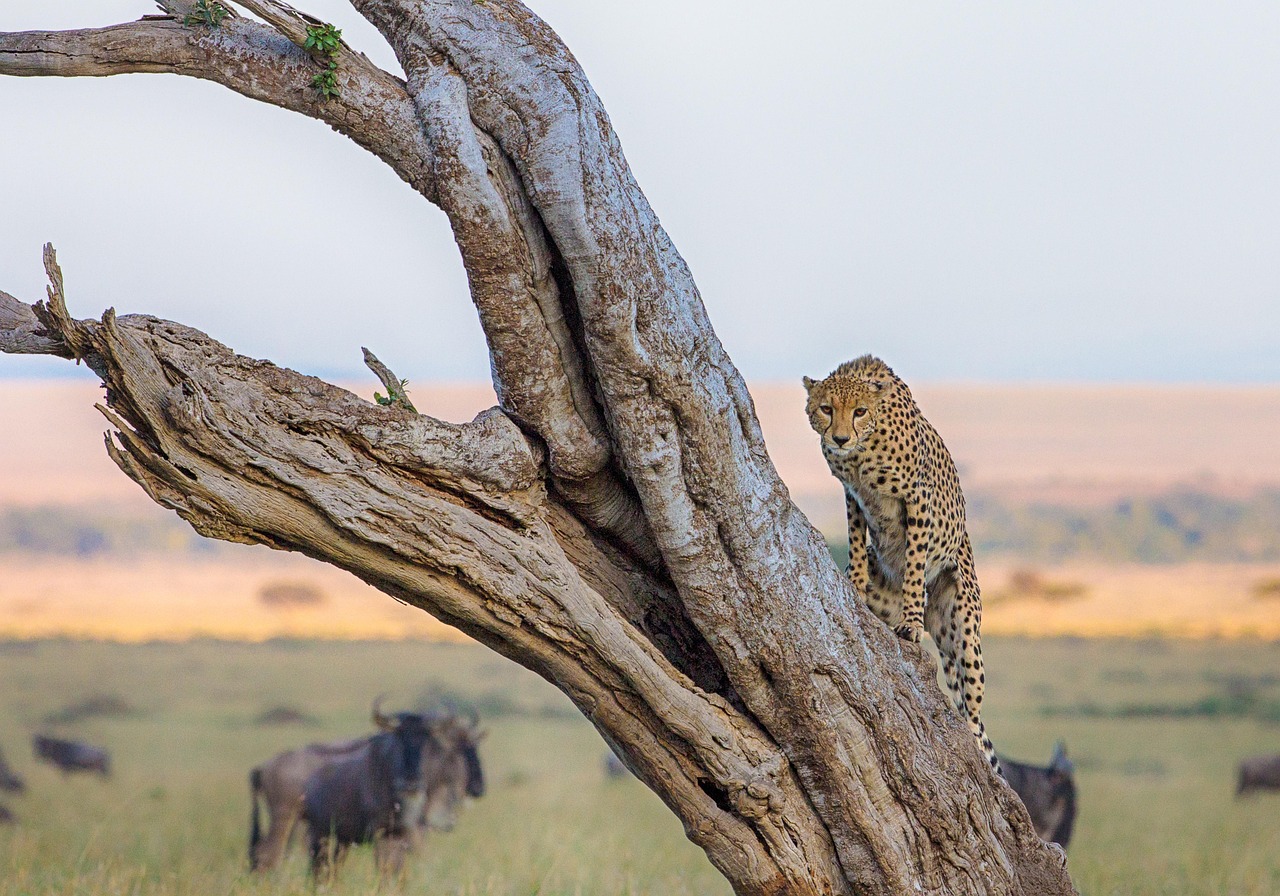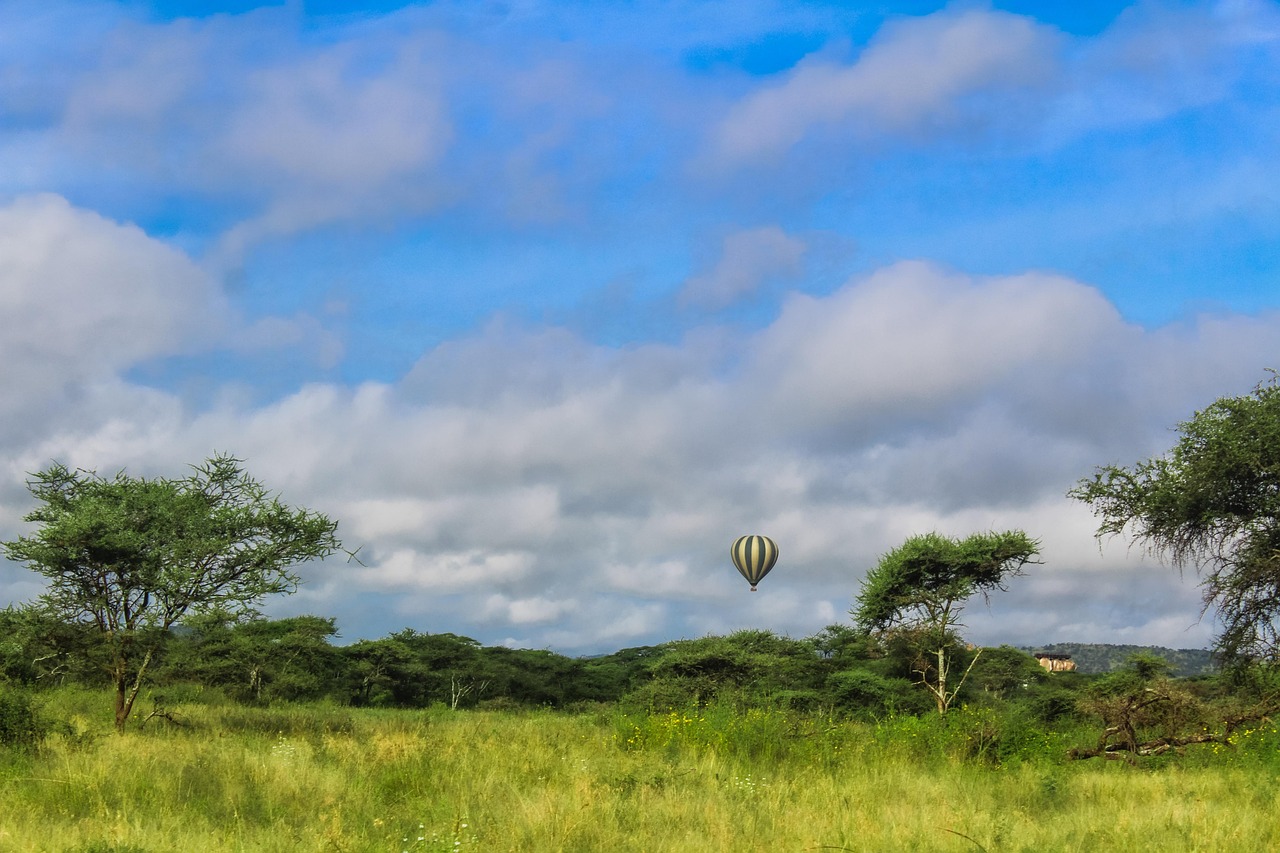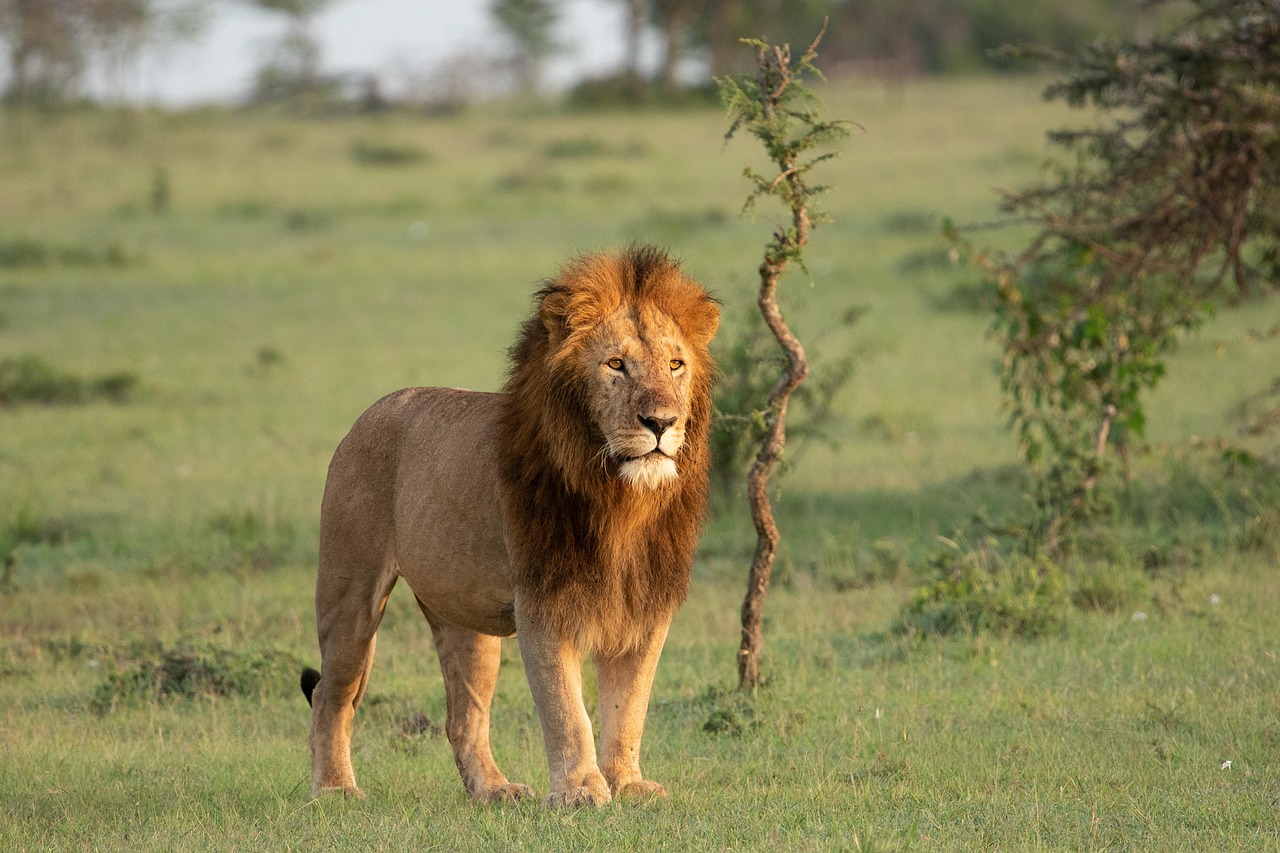
Masai Mara Safari Region (Kenya)
Everything you need to know about the Masai Mara. A complete travel guide.Masai Mara Safari Region (Kenya)
Overview
A Complete Travel Guide to the Masai Mara Safari Region.
Everything you need to know about the Masai Mara Safari Region.
The Masai Mara Safari Region, in south‑western Kenya, is one of Africa’s premier wildlife destinations. It includes the 1,510 km² Maasai Mara National Reserve and surrounding conservancies, forming part of the greater Serengeti ecosystem. This region is globally renowned for the Great Wildebeest Migration, where over one million wildebeest and zebras cross the Mara River between July and October. With year‑round sightings of the Big Five—lion, leopard, elephant, buffalo and rhino—and high predator density, it offers consistent game viewing even outside migration season.
Visitors can explore both the regulated reserve and the adjacent community conservancies, which provide low‑density, eco‑conscious safari experiences managed in partnership with Maasai landowners. Activities include traditional game drives, hot‑air balloon safaris over savannah plains, and cultural visits to Maasai villages.
Explore the Masai Mara Safari Region Below:
Explore Other Regions
Continue your safari planning journey across Africa’s top safari regions
Not sure if Masai Mara Safari Region is your perfect fit? Click below to explore and compare other safari regions.
Safety
Everything you need to know about safety in the Masai Mara Safari Region
The Masai Mara Safari Region is widely regarded as very safe for tourists. Wildlife areas are well secured, and crime is rare. In urban areas like Nairobi, common-sense precautions—such as avoiding walking alone after dark and safeguarding valuables—are recommended.
Expert tip: Follow your guide’s instructions at all times, especially around wildlife, and keep valuables secure in urban transit or crowded areas.
A Deeper Understanding Of Safety In the Masai Mara Safari Region
The Masai Mara National Reserve and neighbouring conservancies benefit from strong protection by professionally trained park rangers, lodge security, and coordinated patrols, ensuring visitor safety in wildlife zones. Incidents involving tourists are exceedingly rare. Most safety concerns arise in urban centres such as Nairobi, where petty theft and occasional armed carjackings occur; travellers are advised to stay alert, avoid high-risk neighbourhoods, and not travel after dark.
In the bush, the main risks are related to wildlife encounters. Visitors must remain in vehicles unless accompanied by guides, follow safety protocols, and avoid walking or wandering at night in unfenced camps. Lodges often employ Maasai askari guards to escort guests after dark, and game drive vehicles are driven by skilled guides trained in wildlife behaviour.
Health risks include malaria and rare tropical diseases, such as sleeping sickness. Travellers should take anti-malarial medication, use insect repellent, wear long sleeves in the evening, and carry appropriate travel insurance, including medical evacuation. Medical facilities in the region are limited—severe cases require airlift to Nairobi.
Road safety is another factor: drives from Nairobi are typically over long, unpaved roads that can be unreliable in poor weather. Night driving is discouraged. Most visitors fly via reputable local carriers, then transfer with guides directly to lodges.
Overall, the Masai Mara Safari Region delivers secure safari experiences when visitors travel with reputable, licensed operators, follow expert advice, and stay informed through official advisories.
Malaria
Everything you need to know about malaria in the Masai Mara Safari Region
Malaria is present, but the risk is generally low due to elevation and dry seasons. Visitors should take preventive medication, use repellents, and be aware of higher risk during the rainy months.
- Malaria Area: Yes
- Malaria Risk Level in Masai Mara Safari Region: 🟡 Low to 🟠 Medium
- Use the following link to find malaria and vaccination information for the Masai Mara Safari Region: https://skyteam.traveldoc.aero/
Expert tip: Book a pre‑travel consultation and start antimalarial medication before arrival; use DEET repellent, wear covered clothing at dusk, and sleep under mosquito netting.
A Deeper Understanding Of Malaria In the Masai Mara Safari Region
The Masai Mara lies at a higher elevation, making mosquito populations sparse, especially during dry months, and reducing malaria transmission compared to coastal or lake regions. However, malaria is still present, notably during the two rainy seasons: April–June (long rains) and October–December (short rains), when mosquito activity rises. Travellers are advised to take recommended chemoprophylaxis such as atovaquone‑proguanil, doxycycline, or mefloquine; consult a doctor or travel clinic. Preventive measures include using mosquito repellents (DEET or picaridin), wearing long sleeves at dusk, and sleeping under insecticide-treated nets, all of which are commonly available in lodges.
Malaria Risk by Month in Masai Mara Safari Region
🟢 Malaria Free, 🟡 Low Risk Of Malaria, 🟠 Medium Risk Of Malaria
| Month | Risk level |
|---|---|
| January | 🟡 Low Risk Of Malaria |
| February | 🟡 Low Risk Of Malaria |
| March | 🟡 Low Risk Of Malaria |
| April | 🟠 Medium Risk Of Malaria |
| May | 🟠 Medium Risk Of Malaria |
| June | 🟠 Medium Risk Of Malaria |
| July | 🟡 Low Risk Of Malaria |
| August | 🟡 Low Risk Of Malaria |
| September | 🟡 Low Risk Of Malaria |
| October | 🟠 Medium Risk Of Malaria |
| November | 🟠 Medium Risk Of Malaria |
| December | 🟠 Medium Risk Of Malaria |
Weather and climate
Everything you need to know about weather and climate in Masai Mara Safari Region
The Masai Mara experiences a temperate savannah climate with two rainy seasons. Dry periods from June to October feature warm days (about 25–28 °C / 77–82 °F) and cool nights. Rain peaks in April and November–December.
Seasonal Breakdown:
- Summer: The mid‑year dry season (June–October) brings daytime highs of 24–28 °C (75–82 °F) and lows of 11–13 °C (52–55 °F). Rainfall is minimal (60–95 mm / 2.4–3.9 in), offering sunny, clear days ideal for game drives.
- Winter: The wet seasons include long rains (March–May) and short rains (November–December). Average highs range from 25–27 °C (77–81 °F), with rainfall peaking in April (210 mm / 8.3 in) and November (155 mm / 6.1 in). Mornings are often cool at around 12–14 °C (54–57 °F).
Expert tip: Pack layered clothing for cool dawns and evenings, and bring waterproof gear if visiting during the rainy months—April and November can have afternoon showers.
A Deeper Understanding Of Weather And Climate In Masai Mara Safari Region
Masai Mara lies at about 1,500 m elevation, resulting in milder temperatures year-round than coastal Kenya. It receives around 1,400 mm (55 in) of rain annually, divided into two rainy seasons. During long rains (March–May), rainfall is frequent—though not constant—and can affect road conditions. The short rains in November and December bring lighter showers. Dry months (June–October) offer more stable weather and excellent wildlife visibility.
Early mornings, especially April and July, can feel cold—ideal for layering. Wildlife tends to concentrate near rivers and waterholes during dry months, while the wet seasons bring lush landscapes, birthing season for many herbivores, and abundant birdlife. Weather may vary slightly with altitude—the western escarpment can be cooler and cloudier.
Table representing weather and climate in Masai Mara Safari Region by month
🟢 Excellent weather | 🟡 Fair weather | 🟠 Hot or rainy conditions | 🔴 Unfavourable travel period
| Month | Avg Low (C/F) | Avg High (C/F) | Precipitation (%) | Rainfall (mm/in) | Rainy Days (Average) | Humidity (%) | UV Index |
|---|---|---|---|---|---|---|---|
| January | 12 °C / 54 °F | 28 °C / 82 °F | 🟡 Fair weather | 95 mm / 3.7 in | ~9 | ~60 % | ~8 |
| February | 12 °C / 54 °F | 28 °C / 82 °F | 🟡 Fair weather | 100 mm / 3.9 in | ~7 | ~60 % | ~8 |
| March | 12 °C / 54 °F | 27 °C / 81 °F | 🟠 Hot or rainy | 145 mm / 5.7 in | ~12 | ~70 % | ~7 |
| April | 13 °C / 55 °F | 26 °C / 79 °F | 🔴 Unfavourable | 210 mm / 8.3 in | ~18 | ~80 % | ~6 |
| May | 13 °C / 55 °F | 25 °C / 77 °F | 🟠 Hot or rainy | 155 mm / 6.1 in | ~18 | ~75 % | ~6 |
| June | 13 °C / 55 °F | 25 °C / 77 °F | 🟡 Fair weather | 95 mm / 3.7 in | ~8 | ~60 % | ~7 |
| July | 11 °C / 52 °F | 24 °C / 75 °F | 🟡 Fair weather | 60 mm / 2.4 in | ~6 | ~55 % | ~7 |
| August | 11 °C / 52 °F | 25 °C / 77 °F | 🟡 Fair weather | 80 mm / 3.1 in | ~5 | ~55 % | ~7 |
| September | 11 °C / 52 °F | 25 °C / 77 °F | 🟡 Fair weather | 95 mm / 3.7 in | ~7 | ~60 % | ~8 |
| October | 11 °C / 52 °F | 27 °C / 81 °F | 🟡 Fair weather | 100 mm / 3.9 in | ~8 | ~65 % | ~8 |
| November | 12 °C / 54 °F | 27 °C / 81 °F | 🟠 Hot or rainy | 155 mm / 6.1 in | ~15 | ~70 % | ~7 |
| December | 12 °C / 54 °F | 27 °C / 81 °F | 🟠 Hot or rainy | 115 mm / 4.5 in | ~11 | ~70 % | ~7 |
When To Go
Everything you need to know about the best time to visit the Masai Mara Safari Region:
The ideal time to visit is during the dry season (June to October) when wildlife viewing is exceptional, especially for the Great Wildebeest Migration in July–October. The green season (Mar–May) offers lush scenery, fewer crowds, and excellent birdlife.
When To Go | Jan | Feb | March | Apr | May | Jun | Jul | Aug | Sep | Oct | Nov | Dec |
= Excellent = Good = Fair = Poor
- High season: June to October
- Low season: April to May
Expert tip: For migration action, consider late August to September, when river crossings are typically at their peak.
A Deeper Understanding Of The Best Time To Visit the Masai Mara Safari Region
The dry season (June–October) yields the best visibility for game drives: animals gather at water sources, vegetation thins, and migration peaks between July and October. July–September is ideal for river crossings and predator-prey action as the herds enter the Masai Mara.
During the rainy months (April–May and November–December), known as the "green season," the landscape transforms—vibrant grasses, newborn animals, and migrating birds create excellent photography opportunities and quieter lodges at lower prices.
January–March offers Lion Season: fewer rains, easier tracking of big cats, and fewer tourists. However, river crossings are less likely, and roads are dry and easy to navigate.
| Month | Weather | Wildlife Viewing | Birdwatching | Temperature |
|---|---|---|---|---|
| January | 🌤️ | ✅✅ | 🐦🐦 | ☀️ |
| February | 🌤️ | ✅✅ | 🐦🐦 | ☀️ |
| March | 🌧️ | ✅✅ | 🐦🐦🐦 | ☀️ |
| April | 🌧️ | ✅ | 🐦🐦🐦 | ☀️ |
| May | 🌧️ | ✅ | 🐦🐦🐦 | ☀️ |
| June | 🌤️ | ✅✅✅ | 🐦🐦 | ☀️ |
| July | ☀️ | ✅✅✅ | 🐦🐦 | ☀️ |
| August | ☀️ | ✅✅✅ | 🐦🐦 | ☀️ |
| September | ☀️ | ✅✅✅ | 🐦🐦 | ☀️ |
| October | ☀️ | ✅✅✅ | 🐦🐦 | ☀️ |
| November | 🌧️ | ✅✅ | 🐦🐦🐦 | ☀️ |
| December | 🌧️ | ✅✅ | 🐦🐦🐦 | ☀️ |
Table Legend:
Weather: ⛈️ Thunderstorms, 🌧️ Rain, 🌤️ Partly Cloudy, ☀️ Dry
Wildlife Viewing: ✅ Average, ✅✅ Good, ✅✅✅ Great
Birdwatching: 🐦 Average, 🐦🐦 Good, 🐦🐦🐦 Great
Temperature: ❄️ Cold, ☀️ Warm, 🔥 Hot
Cities and Towns
Everything you need to know about Cities and Towns in the Masai Mara Safari Region:
The Masai Mara Safari Region is accessed via key transport hubs and support towns that serve as entry points for travellers. While no major urban centres lie inside the reserve, gateway towns provide logistics, supplies and access to wildlife operations.
Most Popular Cities and Towns in Masai Mara Safari Region:
- 🥇 Nairobi: As Kenya’s capital and main international gateway, Nairobi connects to the Masai Mara via flights or road travel. It’s a safari planning hub with modern hotels, dining, and Nairobi National Park nearby.
- 🥈 Narok: Located about 100 km from the Mara, Narok is the closest central town to the reserve. It offers hotels, fuel, supplies, and Maasai markets before entering the park.
- 🥉 Kilgoris: A smaller town about 60 km south of the reserve, Kilgoris offers authentic rural character, cultural markets, and access to southern conservancy gates.
Expert tip: If flying into Mara Serena, arrange a lodge-transfer flight or paired road transfer via Narok for smooth access. Explore the Masai Mara Safari Region below:
Getting Here
Everything you need to know about getting to the Masai Mara Safari Region:
The easiest way to reach the Masai Mara is via flight from Nairobi to one of its network of airstrips, followed by a short safari transfer. A drive from Nairobi takes 5–7 hours over rough roads.
- Main point of entry to Masai Mara Safari Region: Jomo Kenyatta International Airport (NBO), Nairobi
- Effort to get to Masai Mara Safari Region: 🟡 Medium
- Effort getting around Masai Mara Safari Region: 🟡 Medium
- Best ways to get around Masai Mara Safari Region: ✈️ Air; 🚙 Transfers
Expert tip: For a smooth arrival, consider flying into Wilson Airport in Nairobi, which offers a shuttle flight directly to the airstrip nearest your lodge. This minimises road transfer times and maximises game drive opportunities.
A Deeper Understanding Of Getting To the Masai Mara Safari Region
By Air
Visitors typically arrive via Jomo Kenyatta International Airport (NBO) in Nairobi. From there, a short domestic flight departs Nairobi’s Wilson Airport (WIL) and lands in 45–60 minutes at one of several Masai Mara airstrips—the most common being Keekorok (KEU) and Mara Serena (MRE). Major operators include SafariLink and AirKenya Express, with flights servicing airstrips based on lodge location.
By Road
A guided or self-drive journey from Nairobi spans 225–270 km and typically takes 5–7 hours, depending on road conditions and stops. An all-wheel drive vehicle is advised. Travellers pass through Narok before entering the reserve via one of five main gates: Sekenani, Talek, Musiara, or Oloololo.
Transfers and Accessibility
Once you land, a safari vehicle collection by your lodge or tour operator is standard. Transfers from the airstrip to camp typically take 15–45 minutes, depending on proximity and gate entry. Lodge-contracted vehicles or private 4×4 transfers are used. Most itineraries are planned with the nearest airstrip to your accommodation to reduce road time and CO₂ impact.
Why Visit
This is why you should visit the Masai Mara Safari Region:
The Masai Mara Safari Region offers dramatic wildlife encounters, the Great Wildebeest Migration, rich Maasai culture, and access to both national reserve and community conservancies. It’s ideal for year-round safari travellers.
Expert tip: Visit during the migration season (July–October) for the river crossings and predator action, or choose the conservancies for a quieter safari with cultural immersion and controlled vehicle numbers.
A Deeper Understanding Of Why You Should Visit the Masai Mara Safari Region
The region combines dense wildlife populations, including the Big Five, with the world-famous Great Migration—a monthly movement of over a million wildebeest and zebras crossing the Mara River between July and October.
Its open grasslands and escarpments offer excellent visibility. At the same time, the conservancies provide low-vehicle, ethical safari experiences alongside the Maasai people.
Whether seeking nature spectacle, photography, cultural connection, or luxury safari lodges, the Masai Mara delivers—including balloon flights, bush dinners, and intimate camps.
Wildebeest Migration
Witness one of nature’s greatest spectacles as millions of wildebeest and zebras make the dramatic Mara River crossing. This seasonal movement creates unparalleled predator-prey drama and photography opportunities.
Big Five and Dense Wildlife
Home to high densities of lion, leopard, elephant, buffalo and rhino, the region enables strong wildlife viewing year-round, even off-season when resident game remains abundant.
Maasai Culture and Conservancies
Transformative community conservancies offer ecotourism on Maasai-owned land, blending wildlife conservation with economic benefits for locals and supporting ethical travel and cultural immersion.
Activities
Everything you need to know about safari activities in the Masai Mara Safari Region:
Experience game drives, walking safaris, hot‑air balloon flights, horseback rides, and Maasai village visits. You can also enjoy bush meals, sundowners, and night drives within the conservancies for a diverse safari adventure. Guided by local Maasai and expert rangers, each activity connects you deeply with wildlife and culture.
Expert tip: Book a multi‑activity stay combining day game drives, bush walks and a dawn balloon flight to witness river crossings from above — this provides a varied and memorable safari.
Explore activities available in the Masai Mara Safari Region:
Birds
Everything you need to know about birdlife in the Masai Mara Safari Region
The Masai Mara hosts over 450 bird species year-round, including resident raptors like martial eagle and bateleur, brightly coloured rollers and starlings, and palearctic migrants from Europe and North Africa that arrive during the wet season.
Birding | Jan | Feb | March | Apr | May | Jun | Jul | Aug | Sep | Oct | Nov | Dec |
= Excellent = Good = Fair = Poor
- Birds in Masai Mara Safari Region: Martial eagle, Rüppell’s vulture, lilac‑breasted roller, secretary bird, superb starling, Ostrich, European roller, African paradise flycatcher, Schalow’s and Ross turaco
- Best months for birding: November to April (wet season with migrants in breeding plumage), plus good sightings March–May and October–November
Expert tip: Travel between November and April to observe migrant species in vibrant breeding plumage, and spend time near rivers and escarpments to spot raptors with clear skies.
Explore birds in the Masai Mara Safari Region
Wildlife
Everything you need to know about wildlife in the Masai Mara Safari Region
The Masai Mara Safari Region is home to an exceptional range of large mammals, including lion, leopard, elephant, buffalo, zebra and wildebeest. Wildlife is densely concentrated year-round, peaking during the Great Migration months.
Wildlife | Jan | Feb | March | Apr | May | Jun | Jul | Aug | Sep | Oct | Nov | Dec |
= Excellent = Good = Fair = Poor
- Best months for wildlife viewing in the Masai Mara Safari Region: June to October
Expert tip: Plan early morning or late evening drives for predator activity near waterholes.
Explore wildlife in the Masai Mara Safari Region
A Deeper Understanding Of Wildlife In the Masai Mara Safari Region
The region supports one of the highest densities of large mammals in Africa due to abundant prey species and protected habitat. During the Great Wildebeest Migration, vast herds of blue wildebeest, common zebra, Thomson’s gazelle, topi, and eland pass through, attracting predators like lion, leopard, spotted hyena, and cheetah.
All members of the Big Five (lion, leopard, African elephant, Cape buffalo, and black rhinoceros) can be seen here, though black rhino remain rare at around 25–30 individuals. Large carnivore counts are strong: the Masai Mara hosts around 800–900 lions and a healthy leopard population, with cheetah abundant across open plains.
The Mara also offers sightings of smaller carnivores—the elusive caracal, serval, aardwolf, African wild cat, jackals, and genets—typically during guided night drives or quiet bush walks.
Table showing wildlife occurrence in Masai Mara Safari Region
🔵 Plentiful 🟢 Common 🟡 Uncommon 🔴 Sporadic ⚫ Non-occurring
| Species | Frequency |
|---|---|
| Lion | 🔵 |
| Leopard | 🔵 |
| Cheetah | 🔵 |
| Spotted Hyena | 🔵 |
| Brown Hyena | 🔴 |
| Striped Hyena | 🔴 |
| Black‑backed Jackal | 🟢 |
| Side‑striped Jackal | 🔴 |
| Caracal | 🔴 |
| Serval | 🔴 |
| African Wild Cat | 🔴 |
| African Wild Dog | 🔴 |
| Aardwolf | 🔴 |
| White Rhino | ⚫ |
| Black Rhino | 🔴 |
| Elephant | 🟢 |
| Buffalo | 🟢 |
| Giraffe | 🟢 |
| Hippo | 🟡 |
| Zebra | 🔵 |
| Blue Wildebeest | 🔵 |
| Black Wildebeest | ⚫ |
| Sable | ⚫ |
| Roan | ⚫ |
| Eland | 🟡 |
| Oryx | ⚫ |
| Kudu | ⚫ |
| Waterbuck | ⚫ |
| Lechwe | ⚫ |
| Sitatunga | ⚫ |
| Aardvark | 🔴 |
| Pangolin | ⚫ |
| Mountain Gorilla | ⚫ |
| Chimpanzee | ⚫ |
Where To Go
Everything you need to know about parks and reserves in the Masai Mara Safari Region
The Masai Mara Safari Region features a spectrum of wildlife areas—from the iconic Masai Mara National Reserve to community‑run conservancies and the Mara Triangle, offering layers of exclusivity, flexible safaris, and immersive luxury lodges. Visitors can choose between public reserves with high visibility and private areas designed for low-impact, personalised experiences.
Best Parks, Reserves and Concessions in the Masai Mara Safari Region:
- 🥇 Masai Mara National Reserve
- 🥈 Mara Triangle
- 🥉 Olare Motorogi Conservancy
Expert tip: Stay in a community conservancy for off-road drives, guided walks, and night excursions—often unavailable in the Reserve—and enjoy fewer vehicles and more wildlife space.
Explore Masai Mara Safari Region Parks, Reserves and Concessions Below:
Pros & Cons
The pros and cons of a safari to Masai Mara Safari Region
| Pros | Cons |
|---|---|
| ✅ The Great Migration spectacle: Witness the dramatic river crossings of wildebeest and zebra during July–October. | ⭕ Crowds during peak season: The National Reserve can see dense traffic and queues at popular crossings. |
| ✅ Abundant wildlife year-round: High density of Big Five and predators ensures excellent viewing in both reserve and conservancies. | ⭕ Higher costs in exclusive areas: Conservancy experiences and off-season exclusive stays come at premium prices. |
| ✅ Diverse safari options: Choose from structured game drives in the reserve or luxury, flexible adventures with off-road, walking, and night safaris in conservancies. | ⭕ Rainy season trade-offs: While rewarding, green season brings mud, less predictable access, and some lodge closures. |
| ✅ Budget flexibility: Offers a range of accommodations—from affordable camps to luxury tents—making it accessible for varied travellers. | ⭕ Environmental pressure: Overtourism and new developments risk wildlife corridor disruption and habitat strain. |
| ✅ Community-led conservation: Conservancies support Maasai livelihoods, combining wildlife protection with local benefits. |
Expert tip: Combine a stay in a conservancy with a day visit to the National Reserve—this lets you enjoy tranquil, exclusive wildlife encounters and still experience the iconic migration spectacle.


